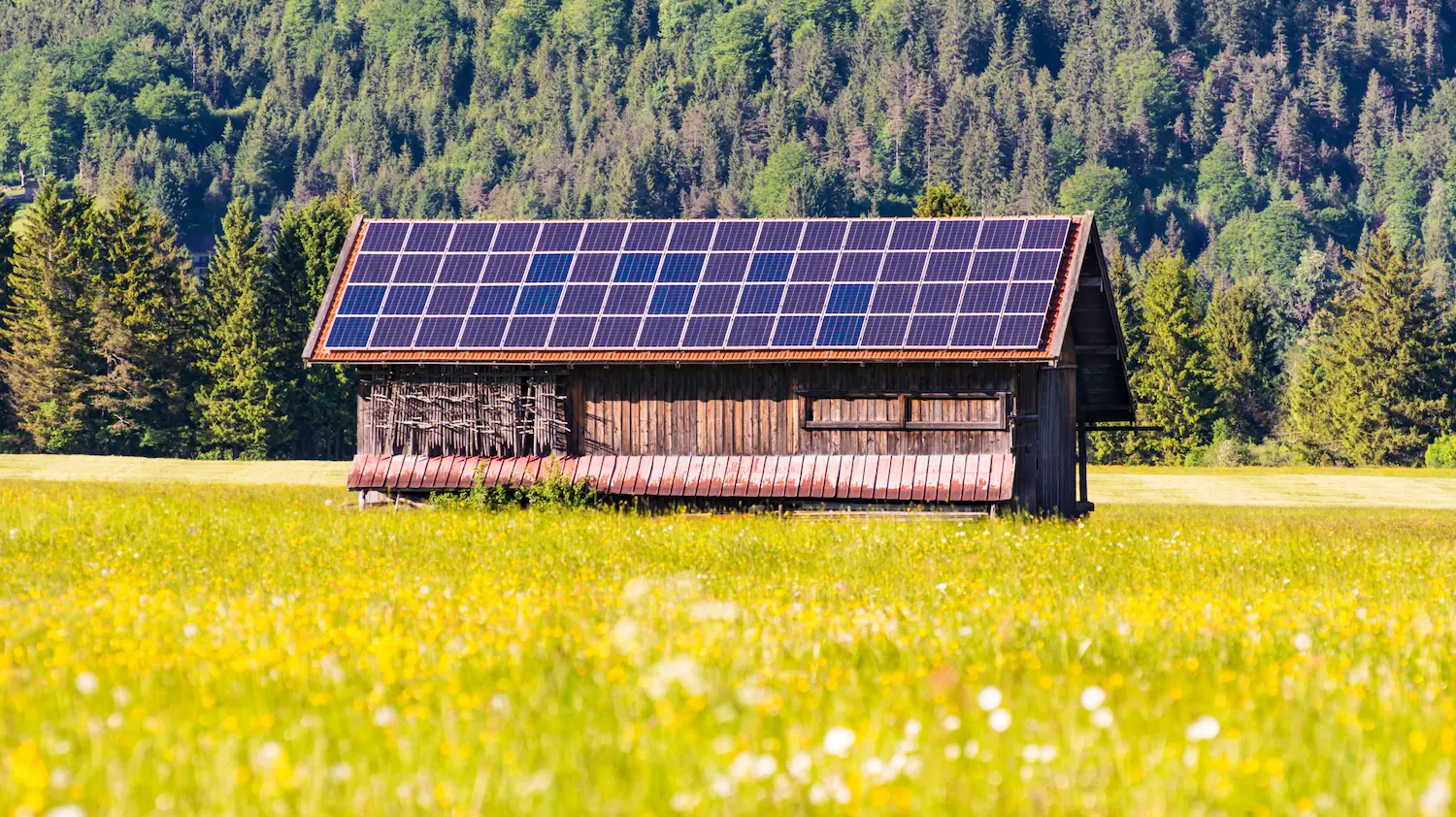FAQ
Answers to the most common questions
You are interested in a solar system and/or battery storage and have questions. Here you will find some answers and if there is no answer to your question, please feel free to contact us. We are experts in this field and are happy to help!


FAQ
Answers to the most common questions
You are interested in a solar system and/or battery storage and have questions. Here you will find some answers and if there is no answer to your question, please feel free to contact us. We are experts in this field and are happy to help!
Do not delete! Dummy to keep first question closed
do not delete
How long are the waiting times for a PV system at the moment?
We are all currently experiencing a turning point. There is a great deal of interest in solar systems and the desire to be less dependent on oil and gas, and the waiting times are getting longer. We can therefore only recommend that you decide early.
Are there currently delivery problems with solar modules?
We secured a larger stock of solar modules at an early stage. Currently it is more small materials that may have longer delivery times.
How certain is the promised delivery date?
Your promised assembly date may actually be postponed due to current world events. However, it can even come to an earlier date. Usually it’s a week or two. In any case, we will always inform you promptly.
Can you help out with spare parts?
We have various parts in stock and are also planning an overview of available parts for sale. Feel free to ask. We will check and get back to you quickly.
How long does it take to build a PV system?
For a 10 kWp system with storage battery, we calculate a downtime of approx. 2 days.
What is photovoltaic
Photovoltaic means the conversion of solar radiation into electricity. A solar cell is a semiconductor that consists largely of silicon, i.e. sand.
How big and how powerful is a solar module?
PV modules with an output of approx. 200 to 420 Wp are currently available. We are currently installing modules with an output of 375 Wp and a size of 1038 x 1755 mm
What does the power "Wp% 22 mean?
Wp (W = watt = power, P = peak = English: peak) describes the nominal power (electrical power) of the modules of a PV system under defined conditions:
- 1000W/m² irradiation
- 25° C surface temperature
- Angle of incidence 90°
In cold temperatures, the performance increases, in summer, on the other hand, the performance is lower.
What does self-produced electricity cost?
Purchase price divided by the amount of electricity produced during the lifetime, i.e. around €1200 divided by 20000 to 30000 kWh, results in a price of 4 to 7 cents per kWh.
What roof pitch and orientation is suitable for a PV system?
The largest energy harvest occurs on a south-facing roof with an incline of 30 to 35°. However, due to possible grid overload, only 70% of the power installed on the roof can be fed into the German grid, the rest has to be consumed in the house or the inverter has to regulate the power. As a result, east- and west-facing roofs are at least as good as south-facing roofs, because they have the advantage that the sun’s rays can be used from morning to night.
North-facing roofs can also be easily integrated into an overall concept, the yield here is around 65% of that of a south-facing roof.
With flat roofs, it makes sense to raise the modules at an angle of 10 or 15° so that dirt can be washed off more easily.
How secure are home storage systems?
There are repeated reports of electric vehicles in which the battery catches fire. Can something like this also happen in the house? Unfortunately yes, but only with lithium-ion batteries. Some manufacturers also offer these batteries for home storage. Lithium iron phosphate batteries (LiFePo), which we install, are harmless.
What does C-Rate mean for batteries?
The C rate provides information about the performance of the battery measured in terms of capacity. A C-rate of 1 means that a battery with a capacity of 10 kWh can be charged and discharged with a power of 10 kW.
In the home storage area with lithium chemistry, the C-rate is 0.5 to 1. For electric vehicles, the C-rate is up to 7 (briefly) and for saltwater batteries it is 0.1 to 0.2.
Is a battery expandable?
The batteries we supply are modular and can be easily expanded up to a maximum capacity.
What happens to a battery during flooding?
If the battery is submerged in water when there is water in the basement, the charge is discharged to the outside via the grounding strap.
Solar modules are up to 95% recyclable
